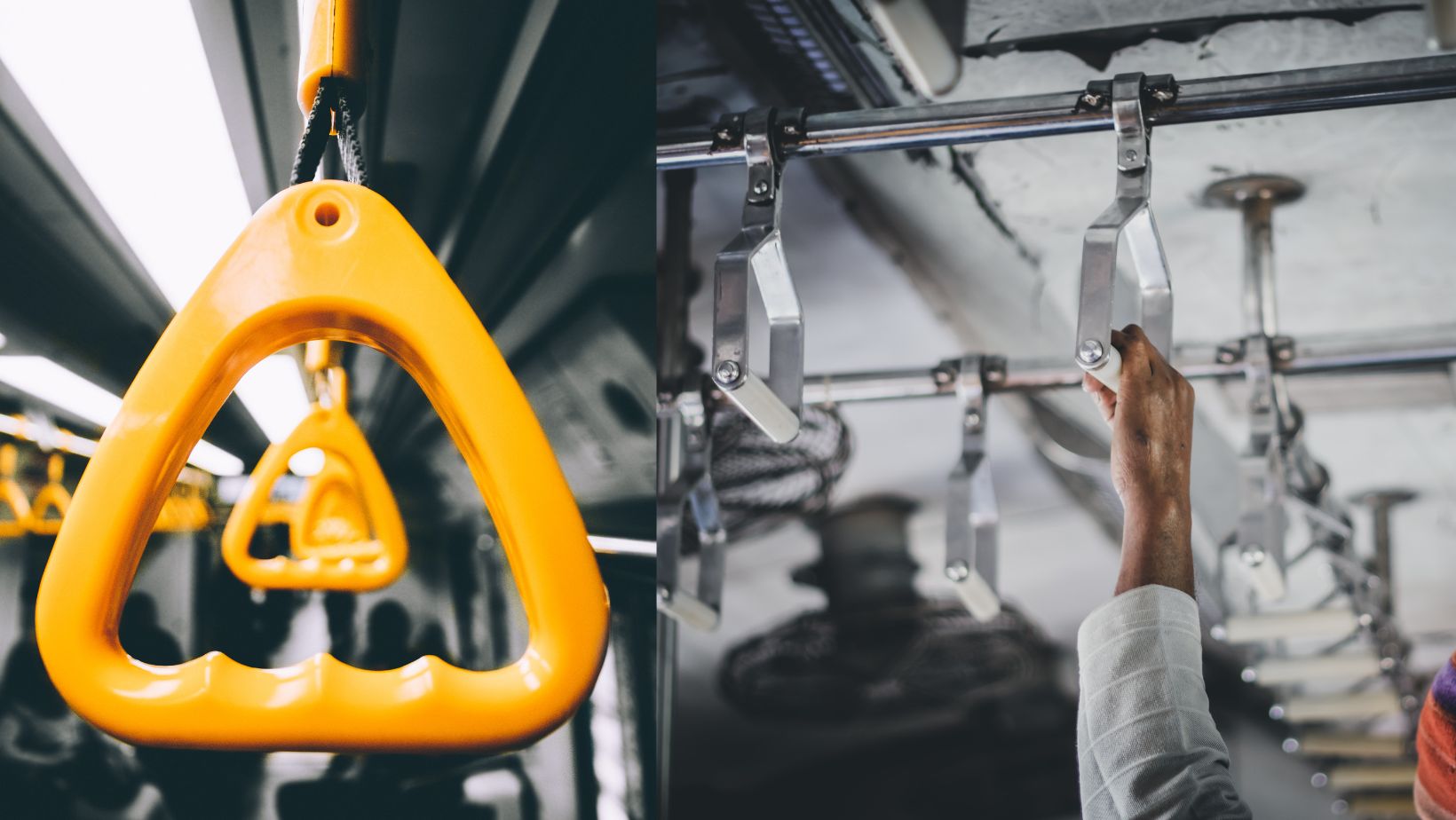Sapphire likes to share technology,business knowledge and her daily life to blog. She has been working in the field of information technology for many years. She is experienced in system analysis, software development and project management.

Whether you’re a frequent commuter or just an occasional bus rider, chances are you’ve noticed the different types of handles and grips found on buses. While they may all look similar, there are actually several distinct kinds of handles that serve different purposes.
Whether you’re hopping onto a cross-town bus or taking a long journey across state borders, understanding how different types of handle straps work can help make your trip safer and more comfortable. Let’s take a closer look at the various types of bus handles and what they’re used for. Dive in and read till the end!
Straight Handles
The most common type of grip found on buses is the straight handle, which looks like two vertical poles connected together by a circular disk. This type of bus handle is usually located near the top and middle of a bus’s interior walls, allowing passengers to grab onto them as they board and disembark from the vehicle. It also provides extra support in areas where seating may be limited.
Ribbed Handles
Ribbed handles are similar to straight handles but feature horizontal ridges along their length that make them easier to grip. Typically located near the windows and doors inside a bus, these grips help passengers steady themselves as they move around inside the vehicle—especially helpful if it happens to be moving at high speeds or taking sharp turns. Ribbed handles can also be found near stairs inside buses, providing extra stability while climbing up or down them.
Loop Handles with Nylon Straps
Loop handles are similar to grab handles but feature an extra element – namely, a loop of fabric that hangs down like an armrest for passengers. These loops can be used for resting your arm or hand while standing in the bus aisle during long journeys. The loops come in various sizes and colors so they can coordinate with the interior design of the bus cabin.
Grab Handles
The most common type of handle strap seen on buses is the grab handle. These handles are designed to provide passengers with something to hold onto when standing in the aisle of a moving bus. They’re usually positioned at waist height and are made from a strong material such as metal or plastic. The handles come in a range of sizes, shapes, and designs depending on the manufacturer. On some newer buses, you may also find these handle straps equipped with LED lights for added visibility in low-light conditions.
Hanger and Ring Handle Straps
They both serve the same function of providing commuters with a secure, convenient way to get on and off of buses, but they differ in how they are used. Hanger handles are suspended from the bus ceiling and are used by commuters to pull themselves up as they climb onto the bus. On the other hand, ring handles are circular loops attached to bus walls which enable passengers to provide stability as they lower themselves into their seats. Both handle styles help reduce the risk of falls while providing an easy handle for bus riders of all ages.
Conclusion
As you can see, there are many different types of grips used on buses for various purposes—from providing extra stability during long commutes to helping passengers enter and exit safely. Each type serves an important purpose in keeping both riders and drivers safe during their travels. So next time you’re riding on a bus, take notice of all the different types of handles you come across—you might even find yourself using one without even realizing it!
